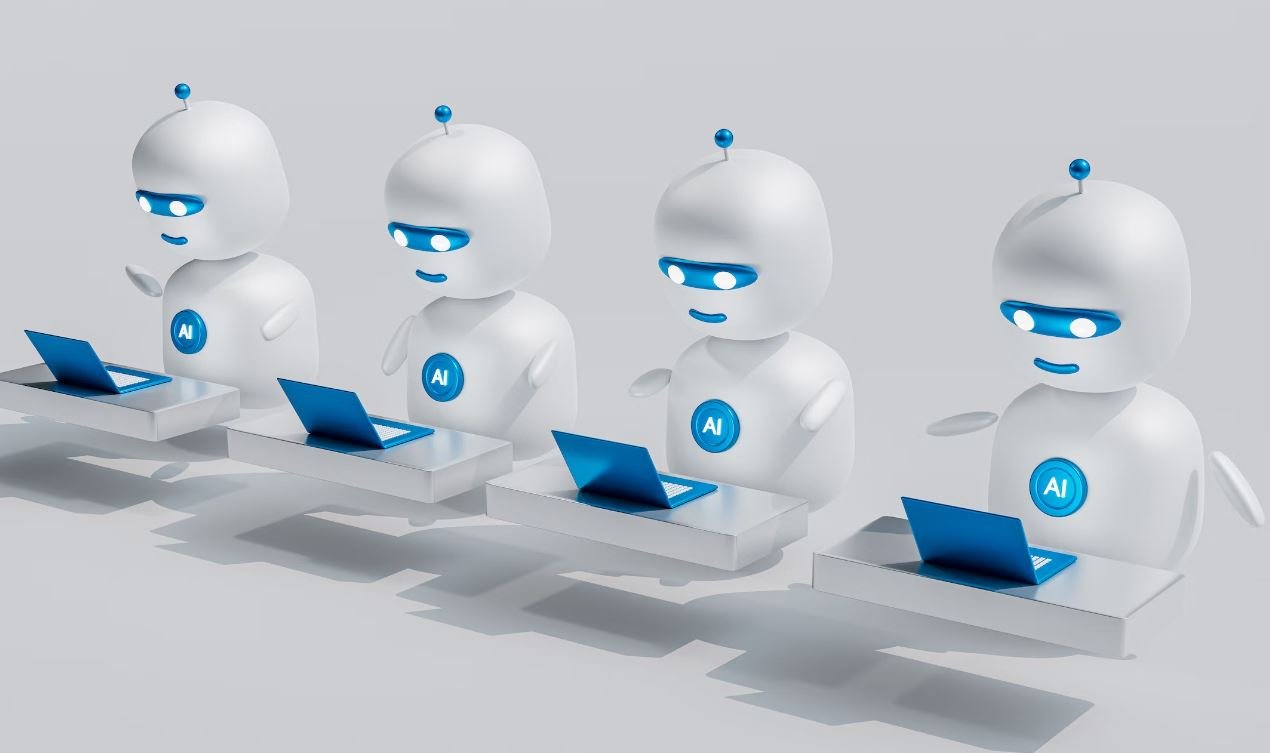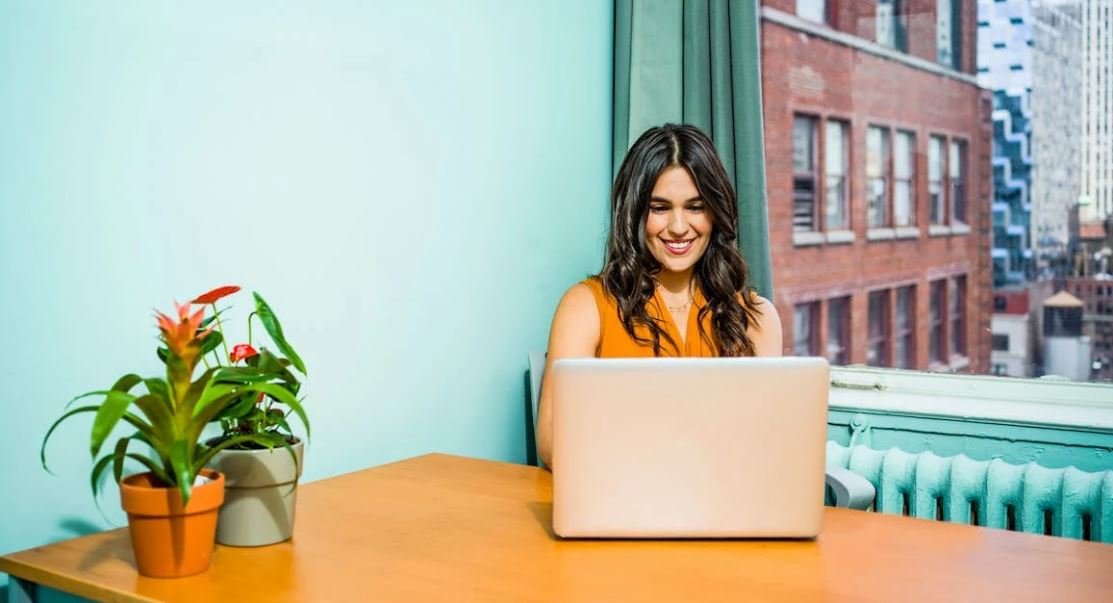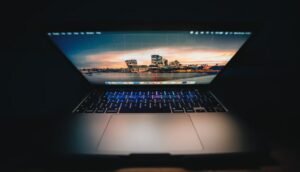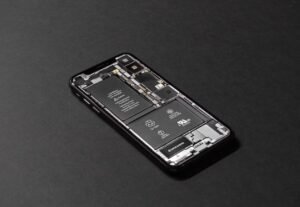AI Tools for Art
Artificial Intelligence (AI) has made significant advancements in various industries, and the art world is no exception. AI tools for art have revolutionized the way artists create, analyze, and appreciate art. These tools leverage machine learning algorithms to generate artwork, enhance images, and provide intelligent insights. Whether you’re an artist looking for inspiration or an art enthusiast wanting to explore new possibilities, AI tools can transform your artistic journey.
Key Takeaways
- Artificial Intelligence (AI) tools for art utilize machine learning algorithms to generate, enhance, and analyze artwork.
- These AI tools can provide artists with inspiration, generate new artworks, and help enhance existing pieces.
- Artificial intelligence has the potential to push artistic boundaries and open up new possibilities in the art world.
AI Tools for Art Creation
One of the most exciting applications of AI in the art world is art generation. AI tools can analyze and learn from existing artworks, enabling them to create new pieces that mimic artistic styles or generate completely novel artworks. *These tools can inspire artists by offering fresh perspectives and ideas that they may not have considered before.*
Enhancing Artwork with AI
AI tools are not limited to creating new art; they can also be used to enhance existing artwork. Machine learning algorithms can help improve images, remove noise, adjust color balances, and even restore deteriorated or damaged art pieces. *By leveraging AI tools, artists can breathe new life into their works and preserve art for future generations.*
AI Analysis of Art
Artificial intelligence can also analyze and provide insights into artwork. By training algorithms on large databases of artistic styles, AI tools can identify patterns, similarities, and influences in a given piece of art. *These tools can help art historians, curators, and critics gain a deeper understanding of artworks and the artists behind them.*
Table 1: Comparison of AI Art Generation Tools
| Tool Name | Features | Price |
|---|---|---|
| DeepArt | Neural style transfer, art filters, custom styles | Free, with premium subscription |
| Runway ML | Generative models, style transfer, interactive interface | Free trial, subscription required |
Table 2: AI-enhanced Image Editing Software
| Software | Features | Price |
|---|---|---|
| Adobe Photoshop | AI-powered filters, content-aware fill, image upscaling | Subscription-based |
| Topaz Labs | AI noise reduction, image enhancement, detail recovery | Premium plugins available |
Table 3: AI Tools for Art Analysis
| Tool | Features | Price |
|---|---|---|
| Artrendex | Artistic style analysis, artist influence detection | Subscription-based |
| JukinAI | Artwork classification, contextual analysis | Free trial, premium plans available |
Unlocking Artistic Boundaries with AI
Artificial intelligence has the power to push artistic boundaries and open up new possibilities. Some AI tools incorporate *generative adversarial networks (GANs)*, which pit two neural networks against each other to produce realistic and imaginative art. These tools enable artists to explore unconventional styles, challenge traditional artistic norms, and tap into their creativity in unprecedented ways.
Moreover, as AI tools continue to evolve, we can expect even more innovative applications in the art world. With advancements in machine learning and deep learning, AI can become an invaluable tool for artists, art collectors, and art enthusiasts alike.
Embrace the fusion of art and AI, and let your imagination soar as you explore the exciting possibilities that these tools offer.

Common Misconceptions
Misconception 1: AI Tools for Art Can Completely Replace Human Artists
One common misconception about AI tools for art is that they can completely replace human artists. While AI tools have advanced in generating art that can mimic human-like creations, they are still tools developed by humans. Artists add personal expression, creativity, and emotion to their work, which AI tools currently lack.
- AI tools can assist artists in generating ideas and enhancing their creative process.
- Human artists have unique perspectives and experiences that influence their artwork, which AI tools cannot replicate.
- Collaborations between AI tools and human artists often lead to more innovative and compelling art.
Misconception 2: AI Tools for Art Make Creating Art Easier
Another common misconception is that AI tools make creating art easier. While AI tools can automate certain processes and provide helpful suggestions, they do not eliminate the need for skill and effort. Artists still need to possess technical skills, knowledge of artistic principles, and an understanding of aesthetics.
- AI tools can help artists experiment with different styles and techniques at a faster pace.
- Obtaining good results with AI tools still requires a learning curve and understanding of their functionalities.
- The manual input and decision-making by artists are still crucial in the final artistic outcome.
Misconception 3: AI Tools for Art Are Expensive and Inaccessible
Many people assume that AI tools for art are expensive and inaccessible to the average person. While there may be premium AI tools that come with a price tag, there are also numerous free or affordable AI tools available. The accessibility of AI tools has increased over time, making them more widely available to artists of different backgrounds and skill levels.
- There are open-source AI tools that are free to use and modify.
- Some AI tool developers offer freemium models, allowing artists to access basic features for free.
- AI tools are becoming more user-friendly, making them easier to understand and utilize.
Misconception 4: AI Tools for Art Can Only Generate Abstract or Surreal Art
Some people mistakenly believe that AI tools for art can only generate abstract or surreal art. While AI-generated abstract and surreal art has gained attention, AI tools are capable of generating art in various styles and genres. Artists can use AI tools to create realistic portraits, landscapes, and still-life drawings, among other traditional art forms.
- AI tools can simulate specific art styles, such as impressionism or cubism, to help artists explore different artistic movements.
- Artists can feed AI tools with images or artwork samples to help them generate new pieces in a consistent style.
- AI tools can aid in the creation of digital art, such as graphic designs and illustrations.
Misconception 5: AI Tools for Art Are Perfect and Flawless
It is a common misconception that AI tools for art produce perfect and flawless results. While AI tools can generate impressive artwork, they are not flawless and can still produce unexpected or undesired outcomes. AI tools heavily rely on the data they are trained on, and biases or limitations within the data can affect the quality and relevance of the output.
- Artists need to critically evaluate AI-generated art and make necessary adjustments to achieve the desired outcome.
- AI tools can sometimes produce repetitive or formulaic artwork that lacks uniqueness and originality.
- Artists still have the final say in determining the artistic value and integrity of their work, even when using AI tools.

Artificial Intelligence (AI) has become an indispensable tool in various creative fields. From generating unique artwork to enhancing artistic skills, AI tools offer a wide range of possibilities for artists. These tables showcase some fascinating aspects of AI tools for art and the remarkable accomplishments achieved through their integration.
1. Evolution of AI in Art
AI technology has rapidly advanced, revolutionizing the art industry. This table showcases notable milestones, including the invention of DeepDream in 2015, which uses neural networks to generate dream-like images, and the creation of Aiva, an AI composer that produces original music compositions.
2. Sales of AI-Generated Art
The advent of AI-generated art has significantly impacted the art market. This table presents the record-breaking sales figures of renowned AI artworks, such as “Portrait of Edmond de Belamy,” which was sold for $432,500, underscoring the increasing demand and value of AI-generated artistic creations.
3. AI Art in Galleries and Museums
The integration of AI in galleries and museums has brought new dimensions to the art world. This table highlights prominent museums and galleries that have showcased AI art, including the Whitney Museum of American Art and the Victoria and Albert Museum, signaling the recognition and acceptance of AI as a legitimate art medium.
4. AI’s Influence on Traditional Art Techniques
AI has not only revolutionized digital art but also impacted traditional art techniques. This table showcases AI tools that aid traditional artists, such as StyleGAN, which can generate unique visual styles, and DeepArt.io, an AI tool that transforms photographs into paintings in the style of famous artists.
5. AI’s Role in Art Restoration
Art restoration often requires extensive expertise and delicate processes. This table presents AI tools, like the Neural Network Console, which assist conservationists in digitally restoring damaged artworks, ensuring their preservation and enabling us to explore lost or faded elements.
6. AI as an Artistic Collaborator
AI has transcended the role of mere tool and entered the sphere of artistic collaboration. This table showcases instances where AI algorithms and artists have collaborated to create unique artworks, like “The Next Rembrandt” project, which used AI to generate a new Rembrandt-like painting.
7. AI in Art Education
AI has transformed art education, offering new possibilities for learning and creativity. This table highlights AI tools such as Google’s AutoDraw, which helps beginners draw by suggesting shapes, and Adobe Sensei, an AI-powered assistant that provides valuable insights and suggestions during the creative process.
8. AI as a Critic and Curator
AI has been employed as a critic and curator in the art community. This table presents AI systems like “Recognition,” which evaluates the technical quality of paintings, and “Can AI Get Into Art School?”, which predicts acceptance rates for artwork submissions, providing artists with valuable feedback and guidance.
9. The Impact of AI on Art Accessibility
AI technology has contributed to making art more accessible to a wider audience. This table showcases AI tools, such as Seeing AI, which provides visual descriptions for the visually impaired, and Google Arts & Culture’s Art Transfer, enabling anyone to transform their photos into works of art inspired by renowned artists.
10. Future Potential of AI in Art
The potential of AI in the art realm is vast and ever-growing. This table explores future prospects, including the use of AI for predictive art, where algorithms generate artwork based on anticipated trends, and the development of AI that can interpret and respond emotionally to artwork, opening new pathways for artistic expression.
Artificial intelligence has undeniably revolutionized the art world, pushing boundaries and unlocking new creative potentials. From AI-generated masterpieces to tools that enhance artistic skills, the integration of AI in art has profoundly impacted the way we perceive and create art. As the technology continues to evolve, the possibilities seem boundless, and we eagerly await the exciting innovations that lie ahead.
Frequently Asked Questions
What are AI tools for art?
AI tools for art are software programs or applications that incorporate artificial intelligence techniques to assist artists in creating, enhancing, or analyzing artistic content. These tools leverage machine learning algorithms to automate various aspects of the artistic process.
How do AI tools for art work?
AI tools for art use algorithms and models trained on vast datasets to understand and generate artistic content. These tools can analyze images, generate new artwork, alter existing artwork, mimic artistic styles, and even suggest improvements. They learn from existing art and generate new content based on that knowledge.
What types of AI tools are available for art?
There are various types of AI tools available for art, including:
- Style transfer algorithms that can apply the style of one artwork to another
- Generative models that can create novel and unique artwork
- Image recognition algorithms that can classify objects in artwork
- Colorization algorithms that can add color to black and white images
- Composition analysis tools that can evaluate the quality and balance of artwork
What are the benefits of using AI tools for art?
The benefits of using AI tools for art include:
- Efficiency: These tools can automate repetitive tasks, saving artists time and effort
- Inspiration: AI tools can provide new ideas and suggestions, helping artists explore new artistic directions
- Enhancement: These tools can improve the quality and visual appeal of artwork
- Experimentation: AI tools allow artists to experiment with different styles, techniques, and concepts
Are AI tools for art suitable for all types of artists?
AI tools for art can be used by artists of different skill levels and backgrounds. Whether you are a professional artist or a beginner, these tools can provide valuable assistance and enhance your artistic journey.
Is it necessary to have coding skills to use AI tools for art?
No, it is not necessary to have coding skills to use AI tools for art. Many AI tools come with user-friendly interfaces that allow artists to interact with the software without needing to write code. However, having a basic understanding of the underlying algorithms can be beneficial for more advanced usage.
Where can I find AI tools for art?
There are numerous AI tools for art available online. You can find them on websites dedicated to digital art, software marketplaces, or even as standalone applications developed by artists and researchers. Some popular AI tools include DeepArt, Prisma, and RunwayML.
What should I consider when choosing an AI tool for art?
When choosing an AI tool for art, consider the following factors:
- Functionality: Ensure the tool offers the features and capabilities you require for your artistic goals
- User Interface: Look for a tool with a user-friendly interface that aligns with your preferences
- Compatibility: Check if the tool is compatible with your operating system and hardware
- Reviews and Ratings: Read reviews and ratings from other artists to gauge the tool’s effectiveness
Are there any ethical considerations when using AI tools for art?
Yes, there are ethical considerations when using AI tools for art. Some potential concerns include plagiarism, intellectual property rights, and the impact of AI on traditional artistic practices. It is important to be aware of these issues and use AI tools responsibly and legally.
Can AI tools replace human artists?
No, AI tools cannot replace human artists. While AI tools can assist and enhance the artistic process, they lack the creativity, imagination, and emotional intelligence that define human artistic expression. AI tools are tools for artists, not substitutes for human creativity.





